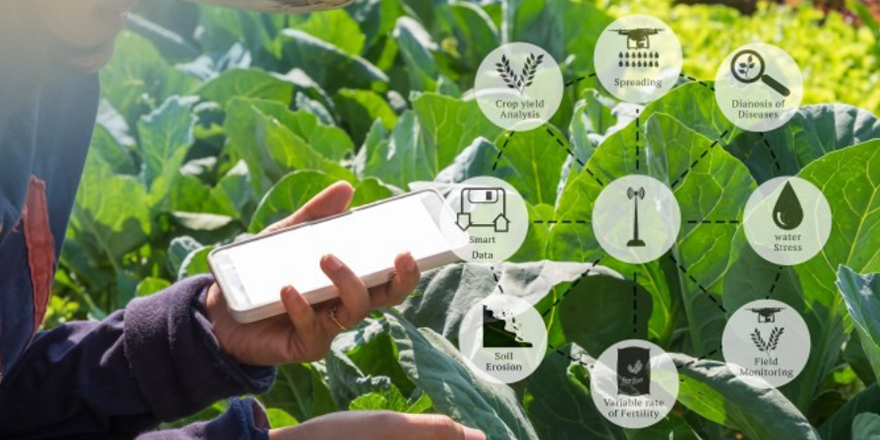
Executive summary
New Zealand is at a pivotal time as genetic technologies become an increasingly important tool in global agriculture to help address issues such as food security, environmental impact, and changing consumer preferences. The current New Zealand regulatory framework in this space, the Hazardous Substances and New Organisms (HSNO) Act 1996, imposes stringent restrictions, effectively prohibiting the use of these technologies outside of controlled laboratory environments. However, significant advancements in the genetic technology space have outpaced this legislation. The Government is reviewing the framework with new regulations expected by the end of 2025. The proposed reforms aim to create a dedicated biotech regulator, streamline approvals, and align with international standards to enhance economic and environmental benefits.
This report examines the integration of genetic technologies into New Zealand agriculture, focusing on their benefits and risks, the regulatory changes needed, and the support required for adoption by the public and farmers. Prior to the new legislation being implemented, it is important to have a clear understanding of these benefits and risks in relation to New Zealand and our export markets, as well as understanding public perspectives. The research methodology included a comprehensive literature review and semi-structured interviews with 16 key stakeholders.
The findings highlight continued public apprehension and emphasise the need for a national dialogue to clarify the technologies’ benefits and implications. Identified potential risks include environmental impacts, unintended consequences, and export market, economic and social issues, though the
adoption of these technologies is unlikely to harm New Zealand’s export reputation.
A clear understanding of export market preferences and genetic modification (GM) product definitions is essential.
The findings emphasise the need for a robust, adaptable, trait-based regulatory system to mitigate these risks, and an initial focus on genetic technology tools that address emissions reduction and environmental sustainability in New Zealand agriculture, noting that public acceptance is likely to be higher for environmental applications than for production improvements.
Key Recommendations:
- Engage public and stakeholders early in discussions on genetic technology regulations and use, clearly outlining associated risks and benefits.
- Use unbiased, fact-based communication from trusted sources.
- Focus on technologies that offer environmental, animal welfare, or consumer benefits.
- Understand our export market perceptions and preferences.
- Clearly define and explain the types and implications of genetic technologies for our export markets.
- Develop adaptive regulations centred on product risk rather than process.
- Implement technologies promptly to maintain a competitive edge.
- Rural supplies merchants will have a role to educate and support farmers in the responsible adoption of genetic technologies.
Lisa Lunn




